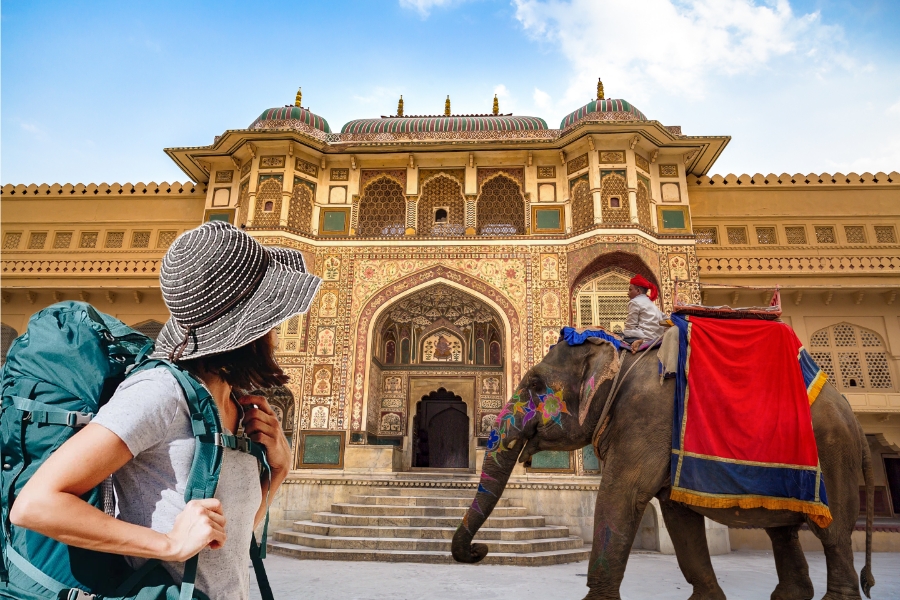Standardization of yoga can enhance its global reach & export
Dr Arpita Mukherjee, Professor at ICRIER, is of the opinion that yoga exports can be a part of traditional and preventive healthcare exports. For this, there is need for standardization of practices, she adds that there is scope for manufacturing and exports of yoga accessories like yoga mats bricks, clothes and other equipment.

IBT: Which are the key countries that have embraced yoga as a form of wellness?
Dr Arpita Mukherjee: According to the International Yoga Federation, about 300 million people practice yoga globally. Thus, yoga is now universally recognised and many developed and developing countries have embraced yoga as a form of wellness. It is well-recognised in the USA, Canada, EU member states, along with several developing countries like Sri-Lanka, Thailand, & Chile.
IBT: How do you view the non-standardisation of yoga practices as a challenge to its evolution?
Dr Arpita Mukherjee: Globally there is a lot of discussions on standardisation of yoga practices. For example, if countries like India want to export yoga practitioners/teachers, there is a need to create a category for these service providers in trade agreements – services chapter, which may include degree/diploma or experience.
IBT: In the absence of standardization of the various schools of yoga, what can be done to enhance its penetration in the global market?
Dr Arpita Mukherjee: With yoga therapy gaining popularity and increase in number of yoga therapists, there is a need for therapy standards, especially in exporting countries like India. There is need for cohesive development of the standards, effective regulation and quality control. It will lead to greater trust in Brand India and draw the international community towards this form of fitness.
In the absence of standards, various measures are being taken. For example in the U.S. the International Association for Yoga Therapists (IAYT) has developed educational standards for the training of Yoga therapists. It also provides accreditation services for programmes that meet those standards and certify individuals that meet IAYT standards. In Europe, some leading yoga practitioners are jointly trying to have an informal agreement on therapy standards.
IBT: How can yoga tourism & yoga commerce be augmented in India?
Dr Arpita Mukherjee: In the recent years, in India, governments at the Centre and States have taken various measures to augment yoga tourism through marketing and other activities and by linking it to the tourism sector. For example, the Central Council for Research in Yoga and Naturopathy (CCRYN) an autonomous organization under Ministry of AYUSH, has opened eight Yoga OPDs in Government hospitals of Delhi and Haryana. The Union government has also extended financial assistance to State Governments and other reputed NGOs for conducting National/ International seminars to promote Yoga. It has also undertaken initiatives to facilitate yoga training.
There is need for standardisation of practices for exports. There is a need for documenting the treatment, process and procedures and maintain records. India can work with WHO and other organisations to develop standards and package of practices, which would help to give it international recognition and facilitate exports of teachers/practitioners.
Foreign travellers coming to India should be able to locate yoga centres/studios with ease and these centres/studios should have a basic standard to offer good experience.There is also a need to create a directory of trained and certified yoga professionals. Yoga exports can be a part of traditional and preventive healthcare exports. There is scope for manufacturing and exports of yoga accessories like yoga mats bricks, clothes and other equipment. To move ahead, there is need for a holistic survey and stakeholders’ consultations based study on how to promote exports and identify the barriers in each export market so that these can be discussed during the trade negotiations.
IBT: How can FTAs & RTAs be leveraged to boost yoga as a service export from India? What are the other things that can be done towards this?
Dr Arpita Mukherjee: The government can use the recent trade agreement negotiations to seek market access and promote exports of both goods and services. The FTAs can help to ease barriers to mobility of the yoga instructors and practitioners by setting down a process for the recognition of degree and practices, it can help to ease the tariff and non-tariff barriers to goods exports, it can help to facilitate cross-border investment in yoga studios, etc.
*Views expressed are personal.













Leave a comment